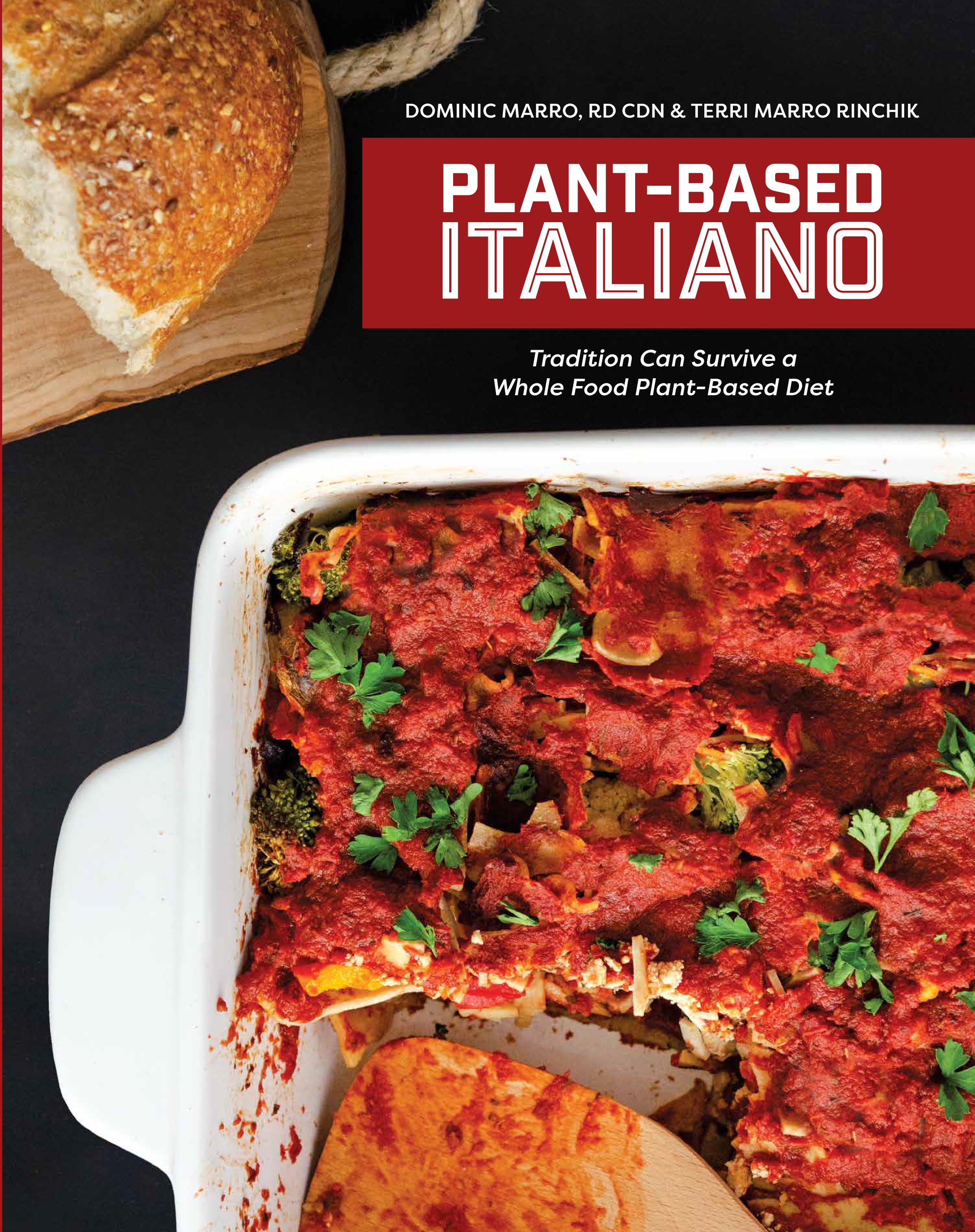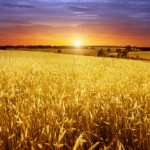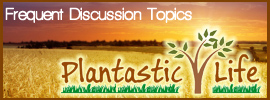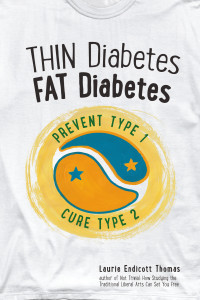Michael Ruhlman’s article: “No Food Is Healthy: Not Even Kale” mostly deals with how we describe food semantically. He doesn’t like the idea of calling foods ” healthy”. He’d rather that “healthy’ foods be called nutritious.
Why I Disagree
The problem is that the dairy industry gets to call its products nutritious because they contain large amounts of calcium, protein, potassium etc…. The meat industry gets to call its products nutritious because meat contains protein, b vitamins, etc… Olive oil makers call Olive Oil nutritious because it contains a few phenolic compounds. Ruhlman goes as far as calling fried pig skin nutritious because it contains protein.
Ruhlman is correct when he writes that a food like fried pig skin provides some nourishment. If someone ate nothing but whole and minimally processed plant foods all week, and treated themselves to some fried pig skins while watching football on Sundays, he is probably not going to suffer very much. However, if his diet also includes the daily consumption of “nutritious” meat, eggs, dairy products and oils, then he is eating a disease promoting diet.
If you eat disease-promoting foods on a regular basis, you are eating a disease-promoting diet.
We must look at the preponderance of evidence we have about foods, and we must look at foods in the context of a whole diet. We must also look at diets in the context of the whole food environment
Hypothetical Example # 1 – Frick and Frack
Frick and Frack’s regular diets provide each with adequate calories. They eat an identical daily diet with one exception. Frick eats a raw spinach salad with some balsamic vinegar as a mid-day snack whereas Frack eats one Frosted Confetti Cake Pop Tart as a mid-day snack. Taken in context of identical calorically adequate diets and in the context of the modern American food environment , would you agree that the raw spinach salad is the healthier snack?
I hope you answered yes.
If Frack asked me if Frick’s raw spinach was a healthier choice than his Pop Tart, I would enthusiastically exclaim “YES”.
But Frack might argue that his Pop Tart contains almost twice as much dietary iron as raw spinach. He would be right. I’d have to be persuasive in helping him to look at the iron content in the context of the whole food. What other attributes or problems does each food add to his diet? Hopefully, Frack would see that the daily refined flour, sugar and oil he adds to his diet is not health promoting in a food environment that provides easy access to calories.
Hypothetical Example # 2 – Frick and Frack
Now lets say Frick and Frack went boating and capsized and became stranded on an island for weeks. The island has very little edible vegetation. Frick and Frack were slowly starving. One evening, a rescue helicopter running low on fuel spots a fire that Frick and Frack had set. The rescuers – after determining that it was too dark to attempt a rescue, decided that they would return the next day to get Frick and Frack. Assuming that Frick and Frack were probably starving, the pilot decided to throw down the only food in the chopper – a box of Pop Tarts and a large bag of raw spinach.
It is a safe bet that if Frack decided to keep the Pop Tarts and give Frick the spinach, Frick would crush Frack’s skull with a rock. In this extreme calorie-lacking food environment, the Pop Tarts are the healthier choice.
But let’s get real. In the context of our modern food environment, fruits, vegetables, whole grains, legumes (beans, peas and lentils) nuts and seeds promote health. Therefore they are healthy foods. And according to Dr. Joel Fuhrman, Kale is King.






 E Excerpt from Laurie Endicott Thomas’s amazing book Thin Diabetes – Fat Diabetes by clicking here!
E Excerpt from Laurie Endicott Thomas’s amazing book Thin Diabetes – Fat Diabetes by clicking here!
Speak Your Mind